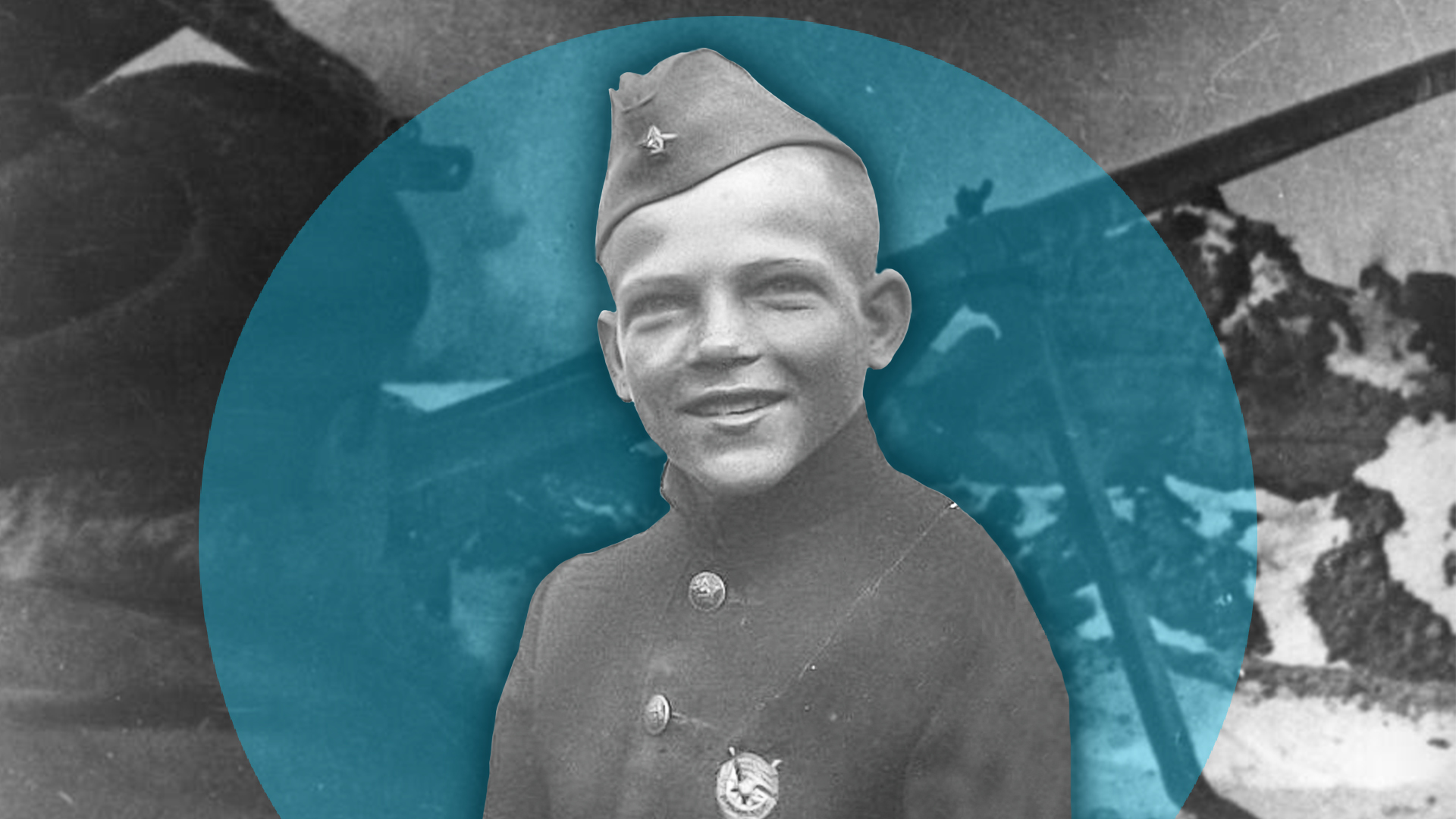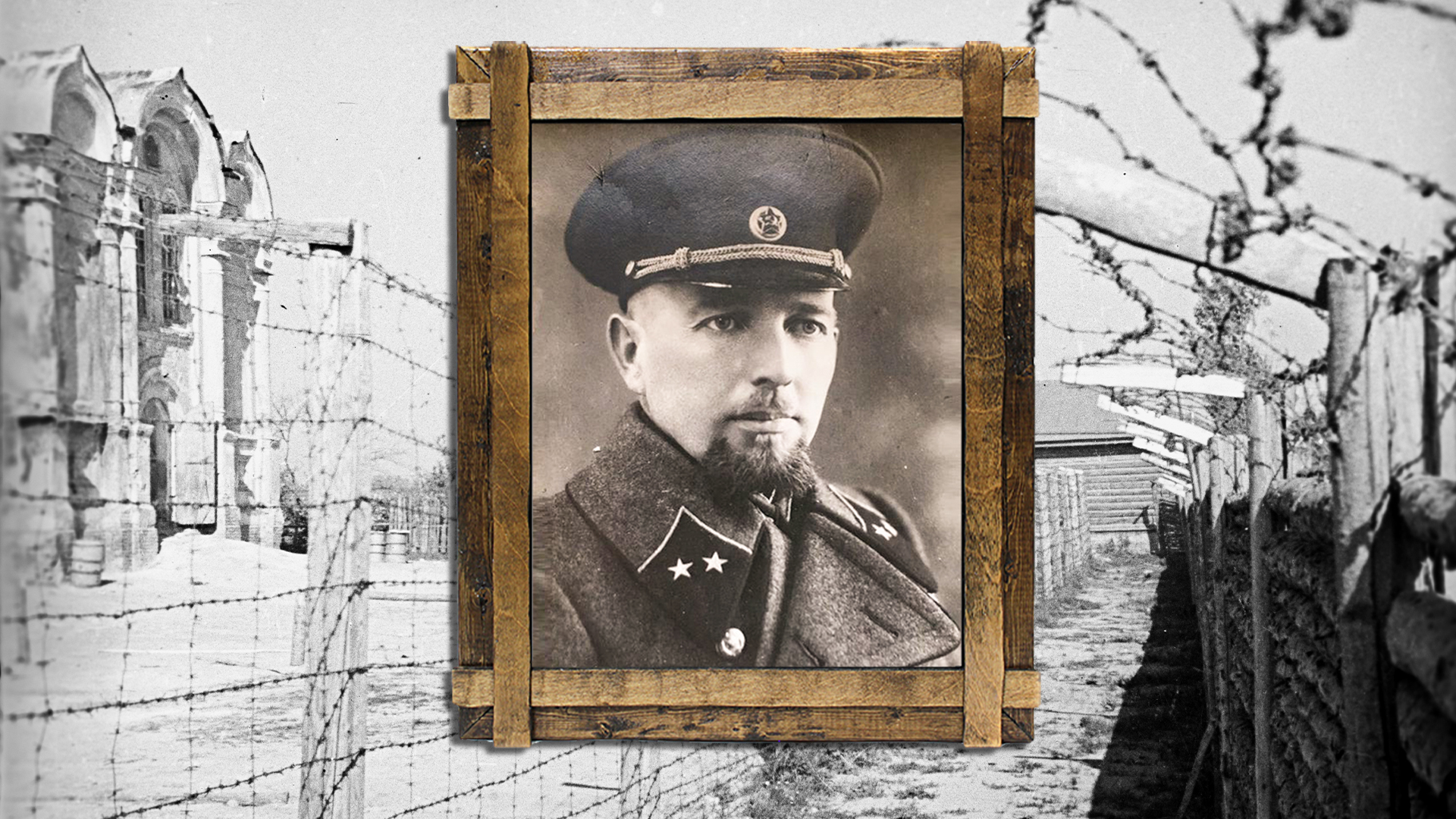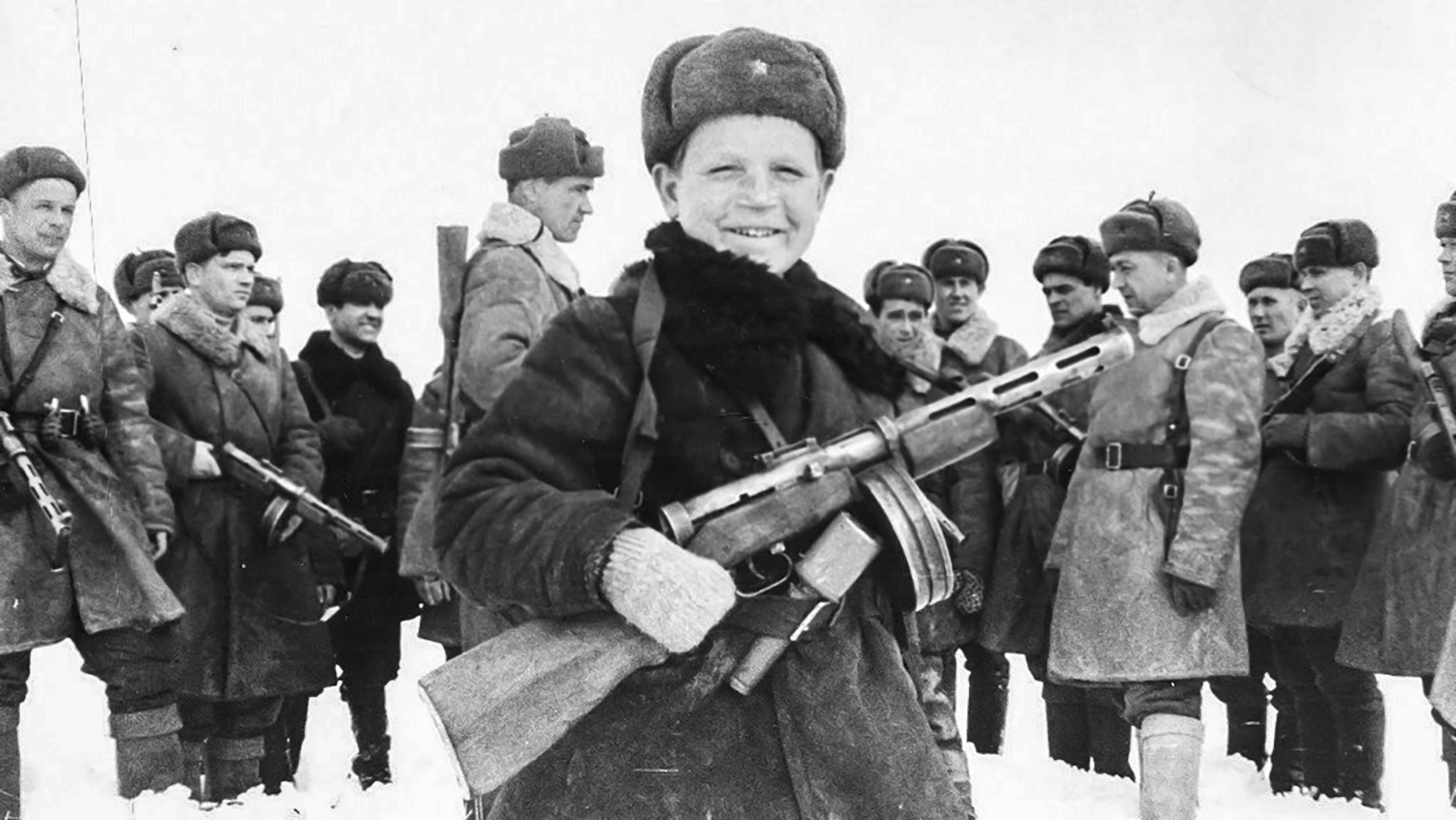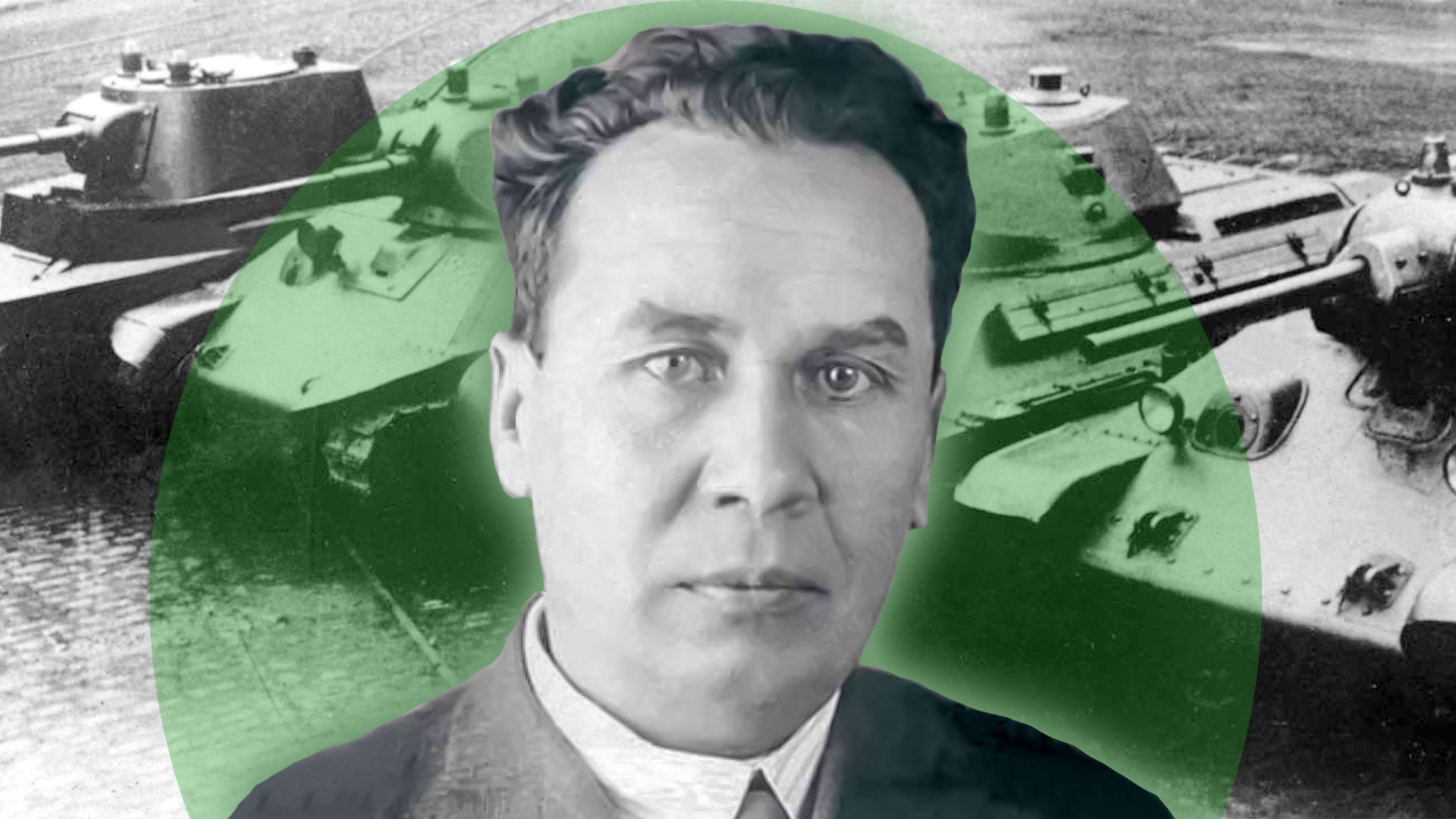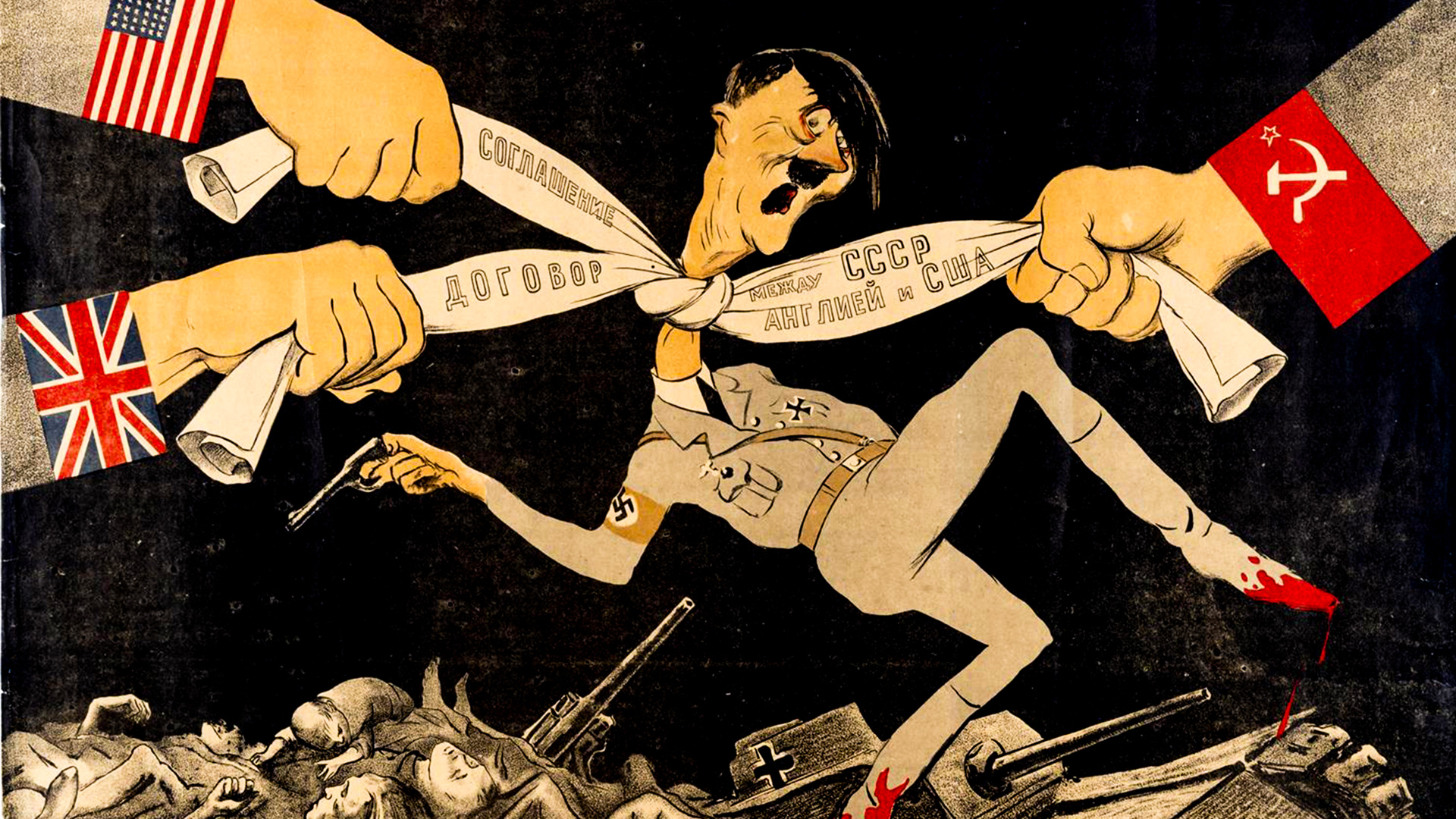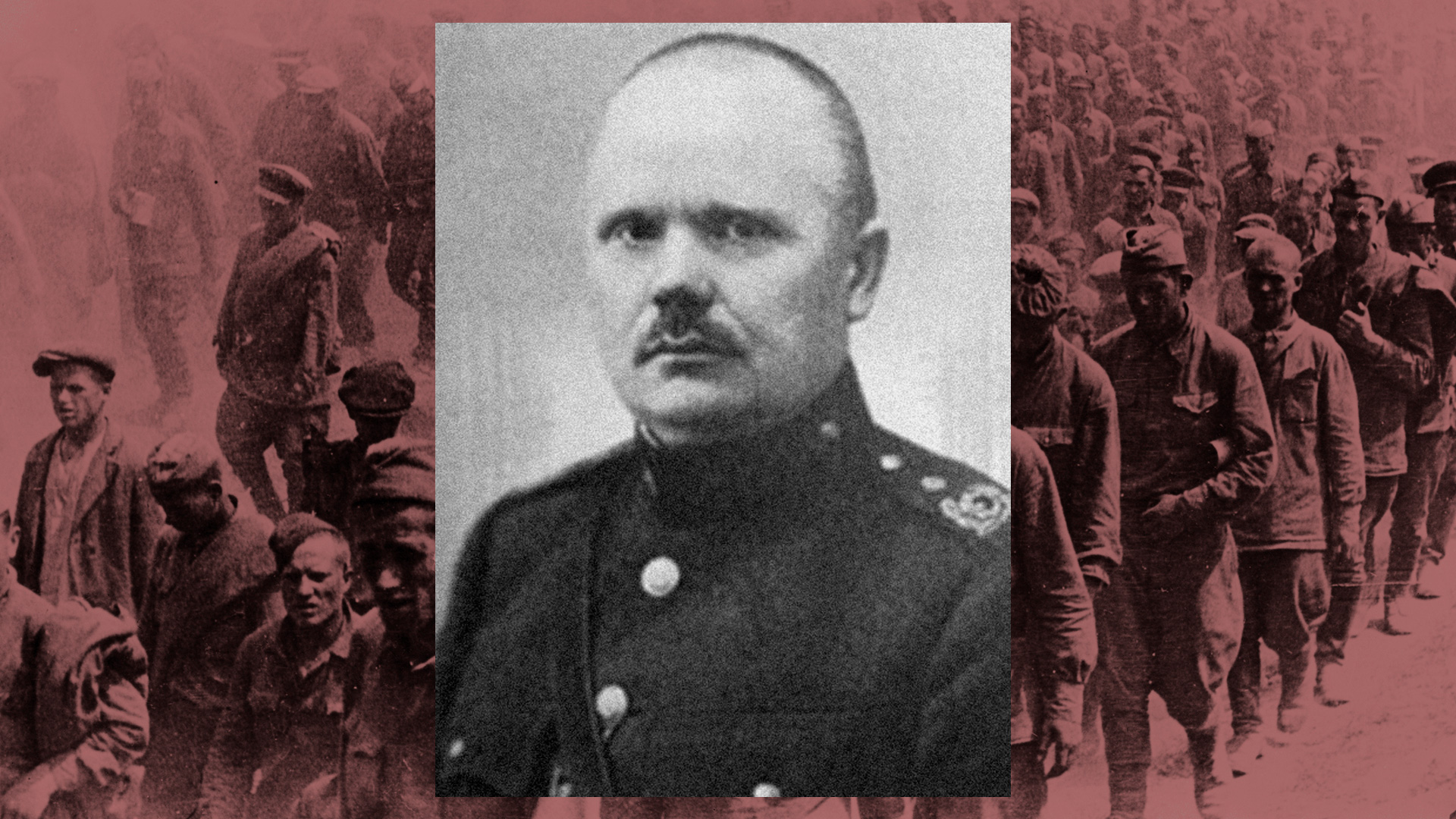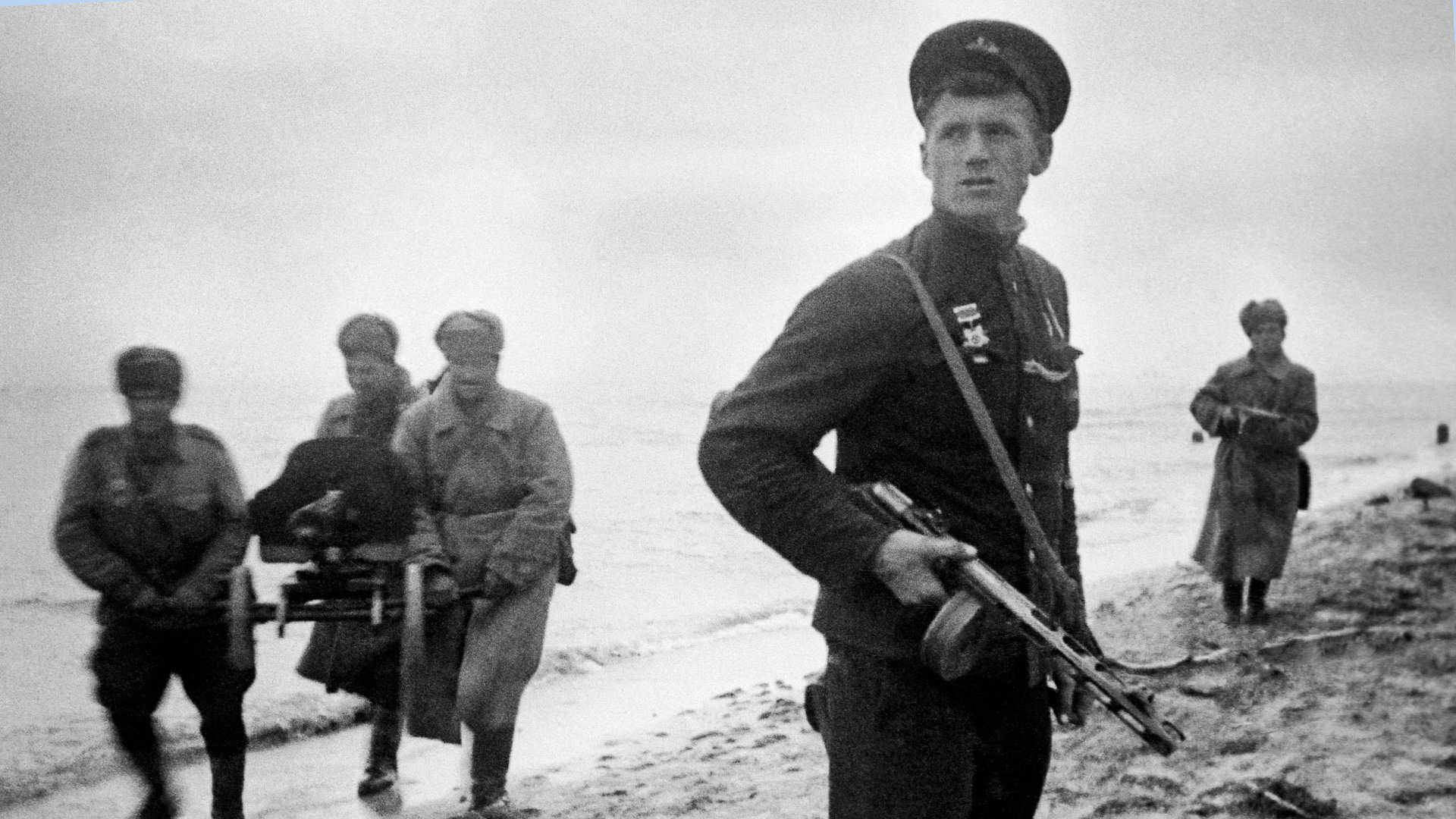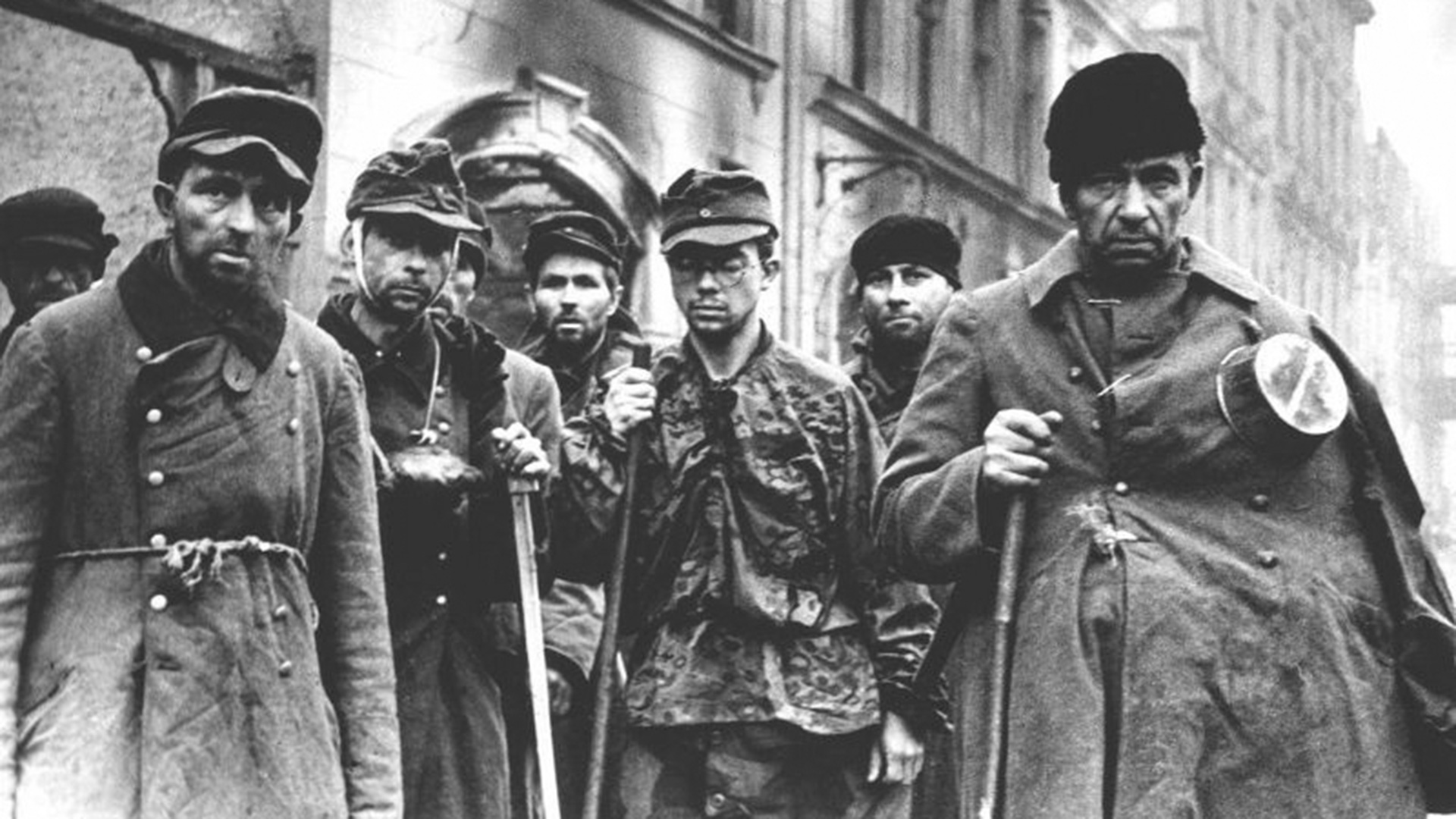
3 enemies of the Bolsheviks who became major Soviet military leaders (PHOTOS)
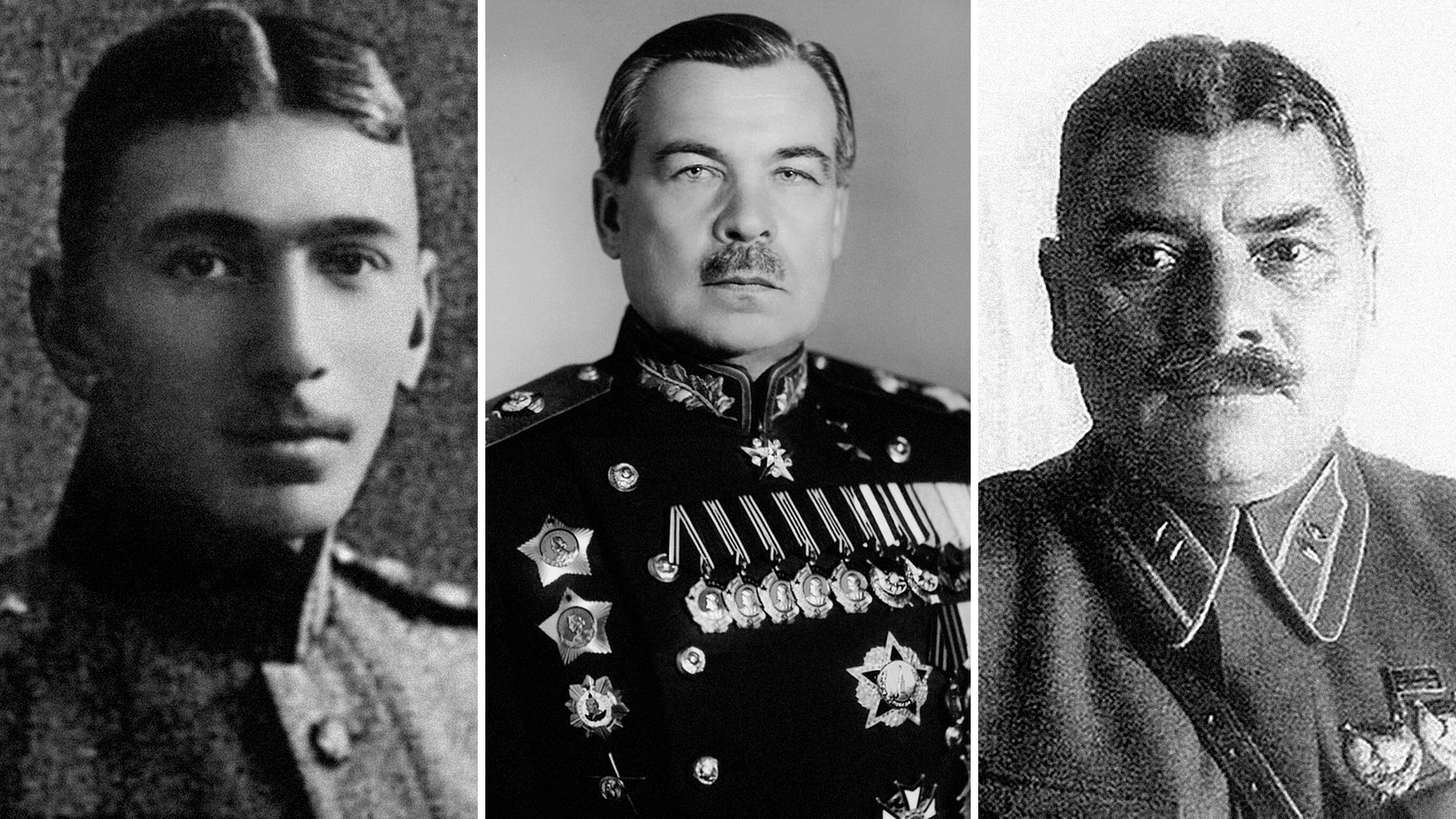
1. Leonid Govorov

Marshal Leonid Govorov was one of the major Soviet military leaders and the architect behind the Red Army's victories near Leningrad, on the Karelian Isthmus and in the Baltics.
However, during the Civil War, he fought against the Bolsheviks. He fought for almost a year in Admiral Kolchak’s army, where he rose to the rank of second lieutenant and commanded an artillery battery.
By the end of 1919, the admiral's forces had been defeated and Govorov switched his allegiances to the enemy camp. In the specific conditions of that conflict, this was commonplace and the number of such defectors was literally in the thousands.
The Bolsheviks highly valued the combat skills of these "military specialists", but, as recent enemies and to keep them on special watch. Govorov heroically and selflessly fought against Baron Wrangel’s troops in the south of Ukraine and in Crimea, was wounded twice and awarded the ‘Order of the Red Banner’.
He earned the complete trust of the Soviet government and went on to have a brilliant career in the Red Army.
2. Timofey Shapkin
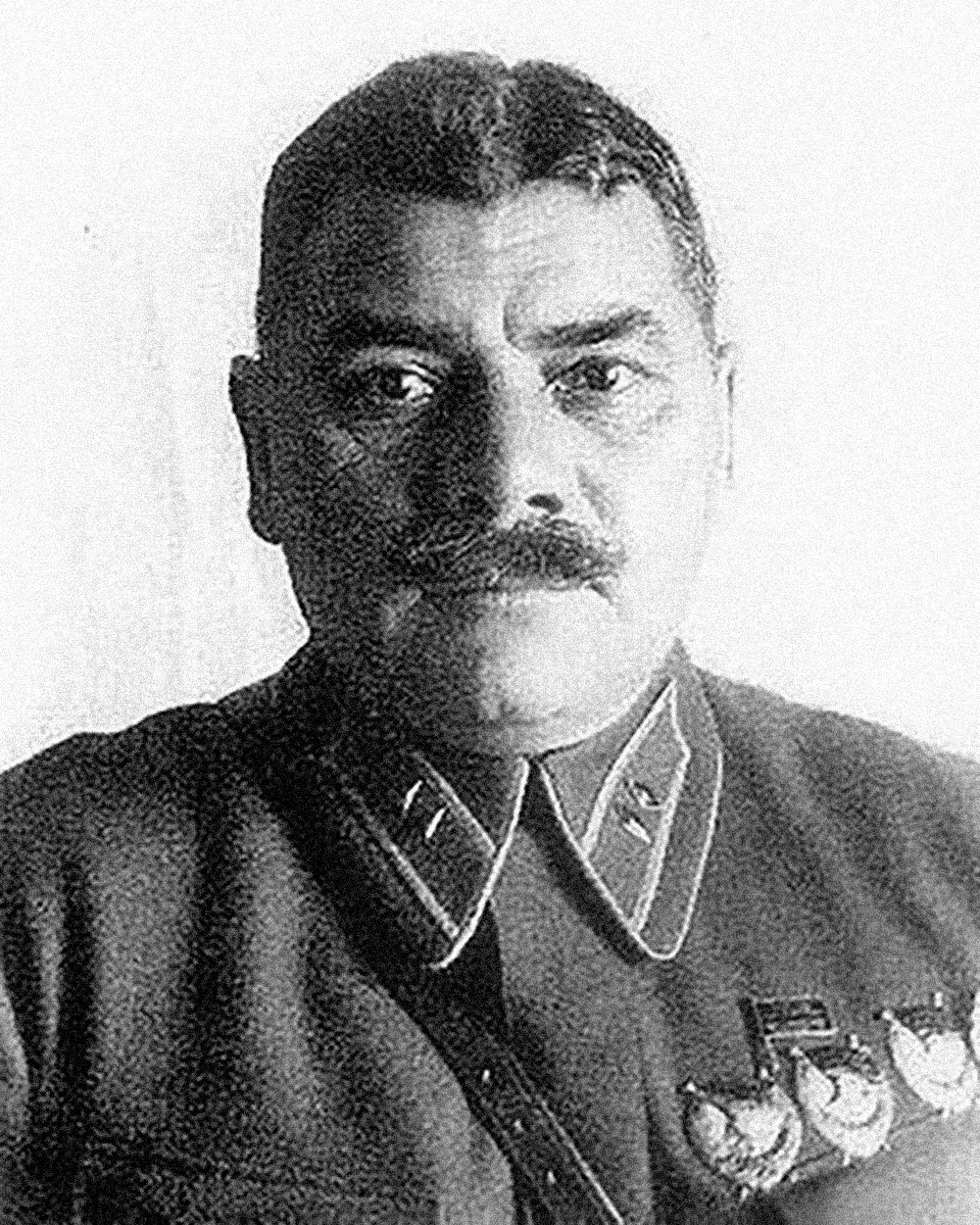
At the beginning of the Civil War, Timofey Shapkin joined the opponents of Soviet power – the ‘Whites’. In the Volunteer Army, he rose to the rank of ‘podesaul’ (a commissioned officer's rank in the cossack troops of the Russian Army) and commanded the ‘sotnia’ cavalry (which consisted of around 100 cavalrymen).
In Spring 1920, things were going badly for the Whites in the south of Russia and soon Shapkin and his ‘sotnia’ defected to the Bolsheviks. In the Red Army, he fought against Baron Wrangel in Crimea and participated in the Soviet-Polish war.
By the beginning of the Wehrmacht invasion of the USSR on June 22, 1941, Shapkin was the commander of the 4th Cavalry Corps. He held this position until his death.
The corps took part in the counteroffensive at Stalingrad in November 1942 and, in December, it tried to prevent German troops from unblocking Friedrich Paulus' group encircled in the city. The cavalrymen suffered heavy losses then, but gained time until reserves arrived.
Lieutenant General Shapkin died from a cerebral hemorrhage on March 22, 1943. His military awards included three ‘Orders of the Red Banner’ and the ‘Order of Kutuzov’, 2nd degree.
3. Apollon Kruze
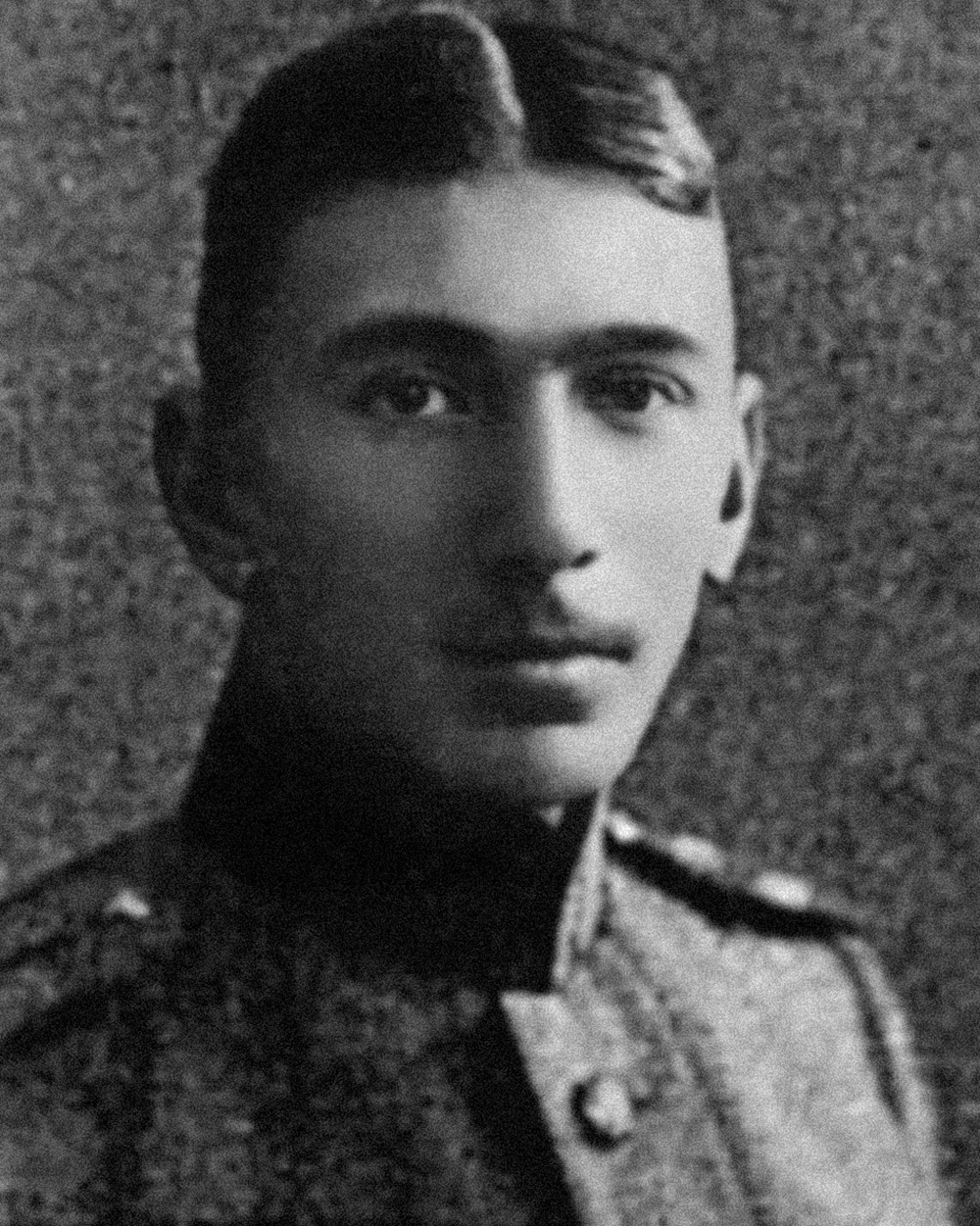
In Spring 1918, former lieutenant colonel of the tsarist army Apollon Kruze was mobilized into the Red Army and sent to the courses of the General Staff Academy. However, in the summer, he defected to the camp of the enemies of the Bolsheviks and even participated in the overthrow of Soviet power in Yekaterinburg.
Kruze held the positions of chief of staff of divisions and corps of the White Army of Admiral Kolchak and rose to the rank of major general. In 1920, he was captured near Krasnoyarsk.
The military leader was incredibly lucky: Instead of being shot, he was offered to join the Reds, which he did. For many years after this, he taught in infantry schools and the Military Academy.
During the period of mass repressions of the late 1930s, the former White general again turned out to be lucky – his name did not appear anywhere. Moreover, in 1939, he officially joined the Communist Party.
During World War II, Kruze commanded rifle divisions and corps. In 1943, he was awarded the rank of major general. He died in Leningrad in 1967. Among his military awards were the Soviet ‘Order of the Red Banner’, ‘Order of Suvorov’ and ‘Order of Kutuzov’, as well as the ‘White Guard Order of St. Vladimir’ “for distinction in actions against the Bolsheviks”.



